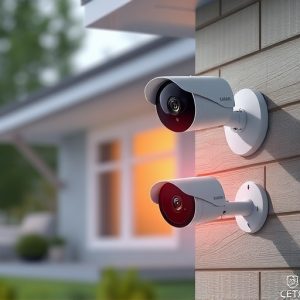Access control systems are transforming home security by offering advanced digital solutions that integrate with smart homes, providing customizable options like biometric scanners, keycards, and remote monitoring. Securing entry points with robust locks and sensors significantly strengthens residential security, enabling homeowners to remotely manage access for enhanced peace of mind. In the digital age, biometrics and smart locks offer keyless entry and remote monitoring via smartphone apps, while integrated surveillance cameras act as powerful deterrents. Designing a secure entry system involves evaluating current setups and investing in multi-factor authentication, smart home automation, and robust locks for vulnerable areas. Implementing these systems enhances home security, offering flexibility and peace of mind with long-term benefits that outweigh installation challenges. The future holds intelligent, interconnected access control systems leveraging AI, machine learning, facial recognition, and voice activation for advanced protection and convenience.
“Enhance your home security with access control systems, a robust solution for managing entry points. This comprehensive guide explores the intricate world of these systems, highlighting their pivotal role in safeguarding your sanctuary. From understanding core concepts to unraveling cutting-edge technologies, we delve into effective strategies for designing secure entry systems. Discover the benefits, challenges, and future trends shaping home access control, empowering you to make informed decisions for a stronger fortress.”
- Understanding Access Control Systems: A Comprehensive Overview
- The Role of Entry Points in Home Security
- Types of Access Control Technologies for Residential Use
- Designing a Secure Entry System for Your Home
- Benefits and Challenges of Implementing Access Control
- Future Trends in Home Access Control Systems
Understanding Access Control Systems: A Comprehensive Overview
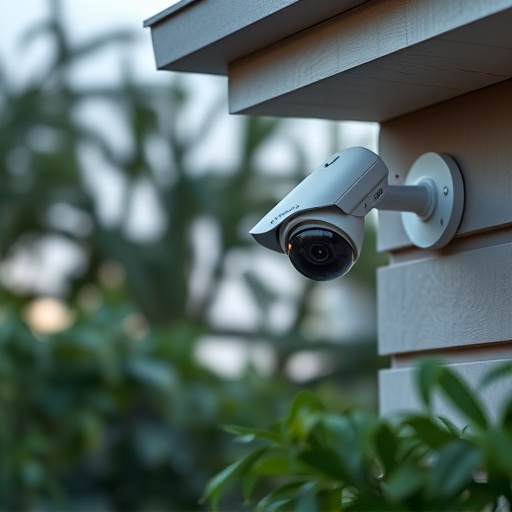
Access control systems are a crucial component of home security, enabling property owners to manage and monitor who enters their premises. These systems have evolved significantly over time, from basic lock and key mechanisms to sophisticated digital solutions that integrate with modern smart homes. At their core, access control systems work by employing various technologies such as biometric scanners (fingerprint or facial recognition), keycards, PIN codes, or remote controls to grant or deny entry.
They offer a comprehensive overview of visitor activity, allowing homeowners to track who enters their home and when. This data is invaluable for enhancing security measures and ensuring the safety of residents. Moreover, access control systems can be tailored to specific needs, with options like timed access, role-based permissions, and remote monitoring, providing an extra layer of protection for any property, from a cozy apartment to a sprawling estate.
The Role of Entry Points in Home Security
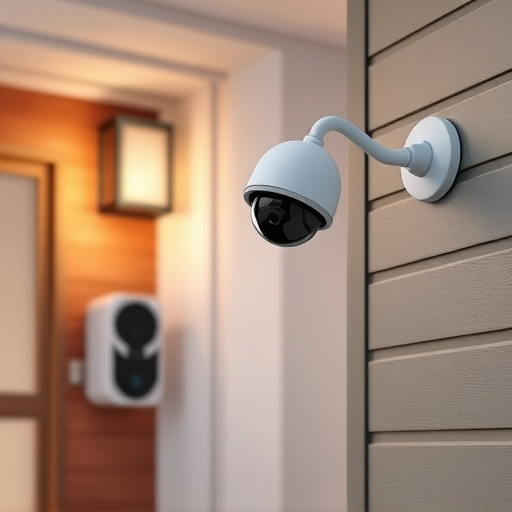
Entry points are vital components of any home security system, serving as potential weak links or strong defenses depending on their management. These include doors, windows, and other openings that provide access to a residence. Effectively securing entry points is crucial for protecting homes and families from unauthorized access, theft, and intrusion.
A well-designed access control system enables homeowners to monitor and manage who enters their premises. By implementing secure entry points, residents can enhance their home security, ensuring peace of mind and a safer living environment. This involves using robust locks, advanced door and window sensors, as well as integrating these entry points into a central monitoring system that allows for remote access and real-time alerts.
Types of Access Control Technologies for Residential Use
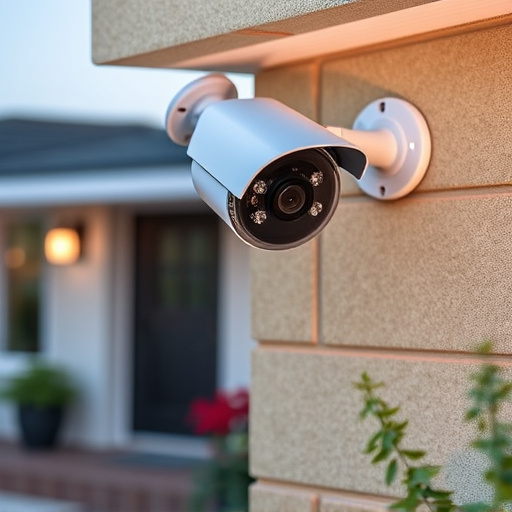
In today’s digital era, home security has evolved beyond traditional locks and keys. Residential access control systems now offer a range of technologies designed to enhance safety and convenience. Biometric access control, for instance, uses unique physical characteristics like fingerprints or facial recognition to grant entry, eliminating the need for keys or codes. Smart lock technology is another popular choice, allowing homeowners to remotely manage access via smartphone apps. These locks can send notifications when someone enters or leaves, providing peace of mind.
Additionally, home owners have the option of installing surveillance cameras integrated with access control systems. These cameras not only deter potential intruders but also capture evidence in case of break-ins. Some systems even incorporate motion sensors and automatic door locking features, ensuring that homes are secure both inside and out. This combination of advanced technologies underscores the growing trend towards comprehensive home security solutions.
Designing a Secure Entry System for Your Home
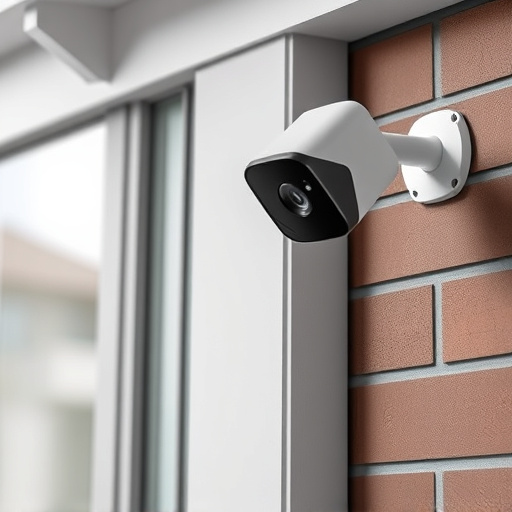
Designing a secure entry system for your home is a crucial step in enhancing your family’s safety and peace of mind. Start by evaluating your current setup—a simple lock might not be enough to deter determined intruders. Consider investing in a multi-factor authentication system that combines a robust mechanical lock with advanced technologies like biometric scanners (fingerprint or facial recognition) and security cameras.
Integrating smart home automation can further strengthen your home’s security posture. Programmed access control systems allow you to remotely monitor and manage who enters your property, sending alerts to your phone if unauthorized individuals try to gain entry. Additionally, ensure key areas like garage doors and windows have reliable security measures in place, such as robust locks and motion sensors, to prevent vulnerable points from becoming entry ways for intruders.
Benefits and Challenges of Implementing Access Control
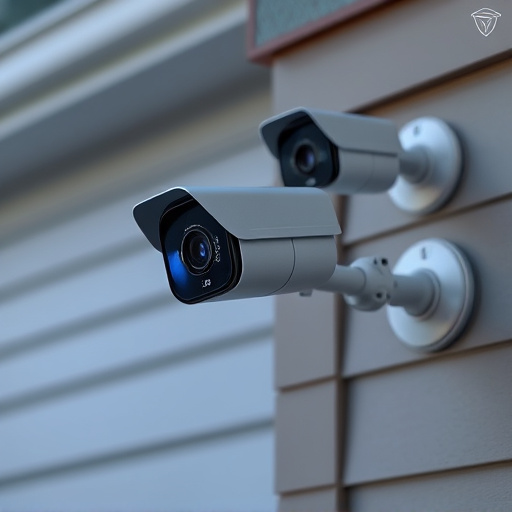
Implementing access control systems offers significant advantages for enhancing home security. These advanced technologies act as a robust defense mechanism, providing controlled and monitored entry points into residential properties. With access controls, homeowners can grant or restrict access to specific individuals at particular times, ensuring only authorized persons enter their homes. This feature is particularly valuable in today’s digital era where remote monitoring and management of access are feasible, allowing for greater flexibility and peace of mind.
Despite its numerous benefits, deploying access control systems also presents certain challenges. Installation and setup can be complex, requiring professional expertise to integrate various components seamlessly. Additionally, cost considerations come into play, as the initial investment in hardware and software might deter some homeowners. However, the long-term advantages, such as enhanced safety and convenience, often outweigh these challenges, making access control a compelling solution for those seeking to fortify their home security measures.
Future Trends in Home Access Control Systems

As technology advances, home access control systems are evolving to offer enhanced security and convenience. Future trends suggest a move towards more intelligent and interconnected solutions. Smart homes will become even smarter with access control systems that integrate seamlessly into existing home automation networks, allowing for voice-activated entry, facial recognition, and remote monitoring via mobile apps. This level of connectivity enables homeowners to manage access from anywhere, providing peace of mind and greater control over their property’s security.
Another emerging trend is the integration of artificial intelligence (AI) and machine learning algorithms. These technologies can analyze patterns and behaviors, predicting potential security threats and adjusting access permissions accordingly. Additionally, biometrics will play a more significant role, with advanced fingerprint scanners, iris recognition, and even vein pattern recognition offering unparalleled accuracy and speed. Such innovations not only enhance home security but also contribute to a more efficient and user-friendly experience for homeowners.
Access control systems are transforming home security by offering advanced protection through managed entry points. As technology evolves, future trends promise even smarter and more integrated solutions for enhanced Home Security. By understanding the various technologies, designing robust systems, and addressing implementation challenges, homeowners can leverage these innovations to safeguard their properties effectively.
